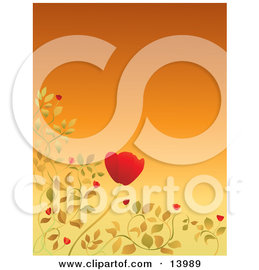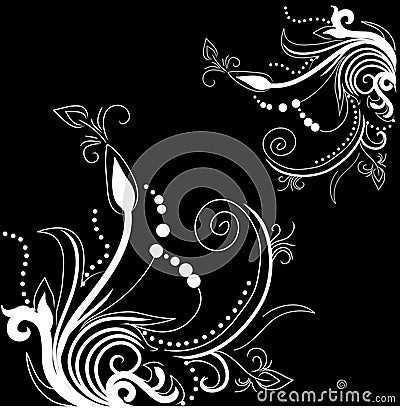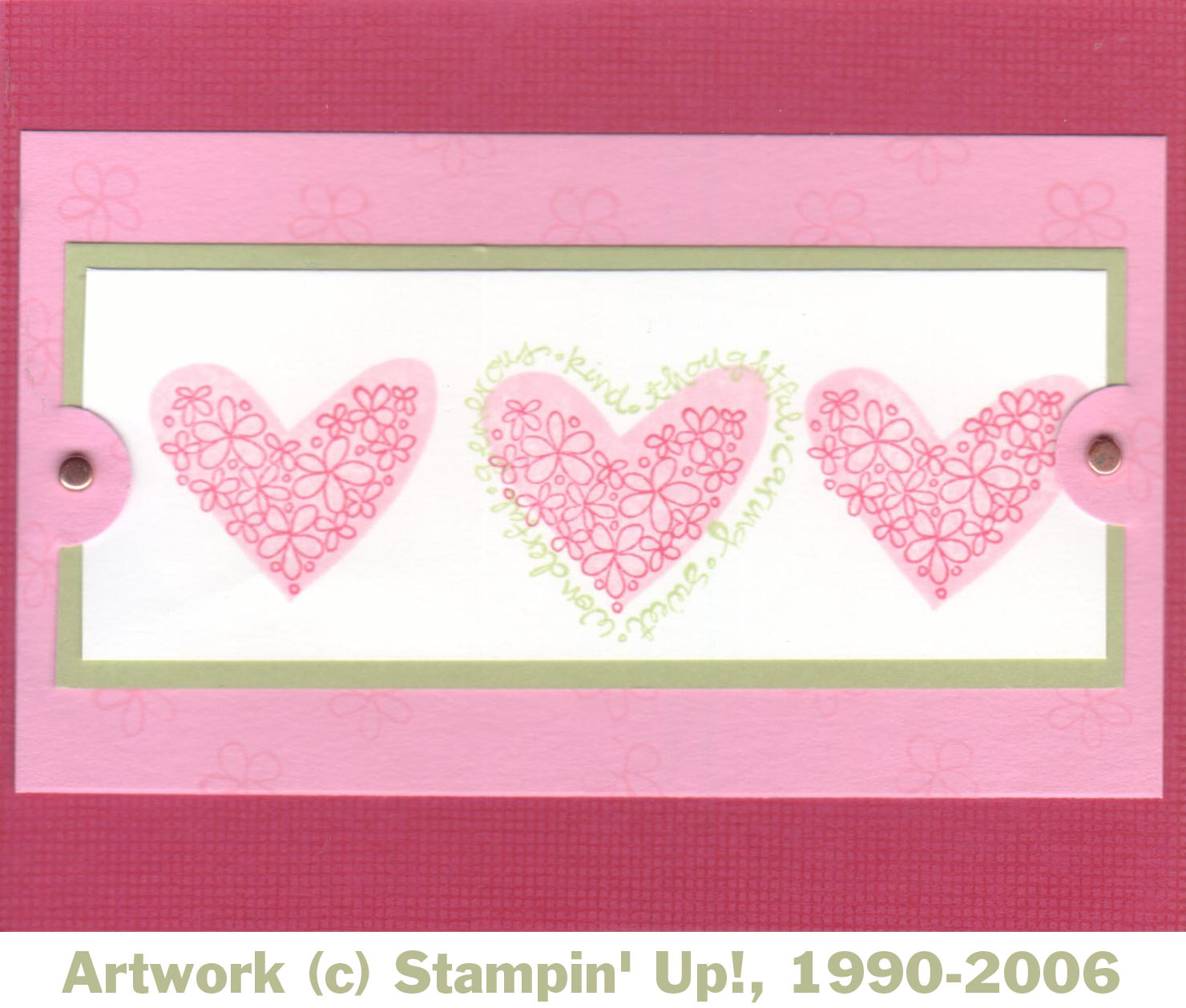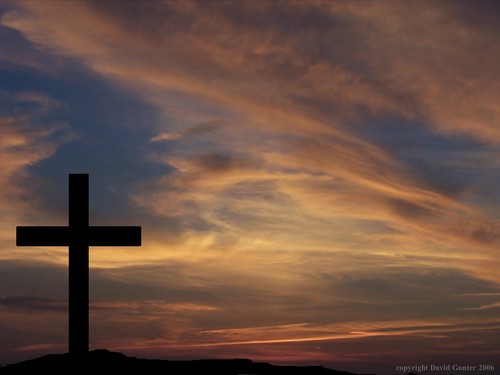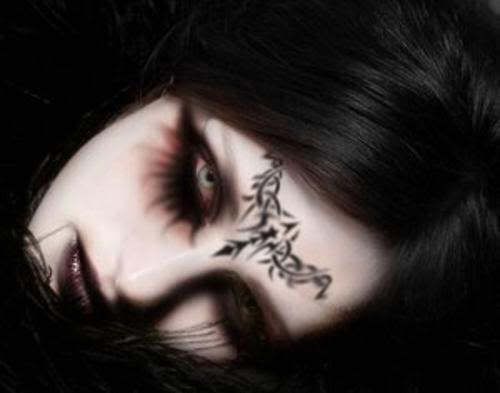Spring backgrounds
According to an astronomical definition, spring begins on the vernal equinox (usually September 21 in the Southern Hemisphere, and March 20 in the Northern Hemisphere), and lasts until the summer solstice (usually December 21 in the Southern Hemispherre and June 21 in the Northern Hemisphere). According to this definition, therefore, the day called Midsummer's Day in some traditions, is close to the first day of Summer. An alternative tradition is to calculate Spring as starting on March 1 in the Northern Hemisphere and September 1 in the Southern Hemisphere. The lower (cooler) latitudes are more inclined to start with the later date, vernal equinox, while the higher (warmer) latitudes, where the biological indicators of spring arrive earlier, are more inclined to run with the 1st of the month. According to a less used solar term, spring begins on February 4 and ends on May 4, and calendars may give the first, but the second and third are more used with this tradition.

Spring backgrounds
The phenological definition of spring relates to bioindicators, the blossoming of a range of plant species, and the activites of animals, or the special smell of soil that has reached the temperature for microflora to flourish. The first swallow to arrive or the flowering of lilac may be the indicator of spring. A number of meterological stations have planted Syringa rothamagensis, and the date of full flowering, as determined by defined means, is used as a more precise indicator of the date of start of spring for agricultural activities associated with spring and the passing of frosty weather. It therefore varies according to the climate (as in 'Spring comes late to the north-east'), and according the to specific weather of particular years (as in 'this was an unusually early spring for our area with all these extra days of warm winds, fewer frosts at this time of the year, and with the early flowering of the lilac, and early arrival of the swallows; we therefore planted longer season varieties to extend our growing season and get greater yields.')

Spring backgrounds

Spring backgrounds

Spring backgrounds
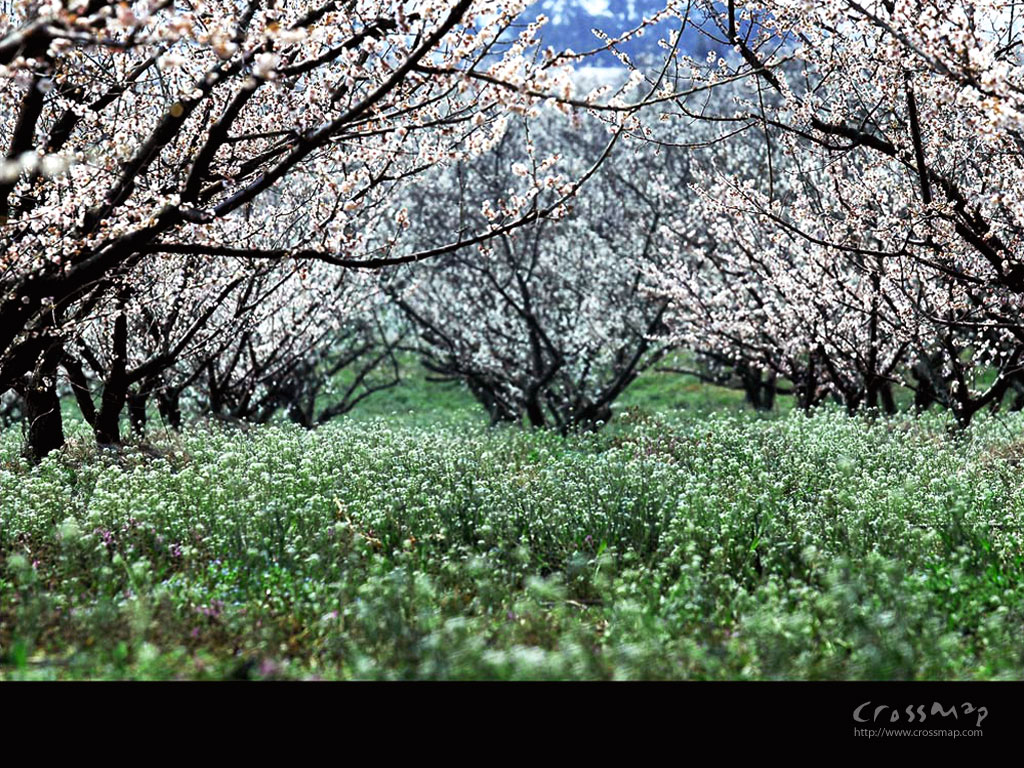
Spring backgrounds

Spring backgrounds









